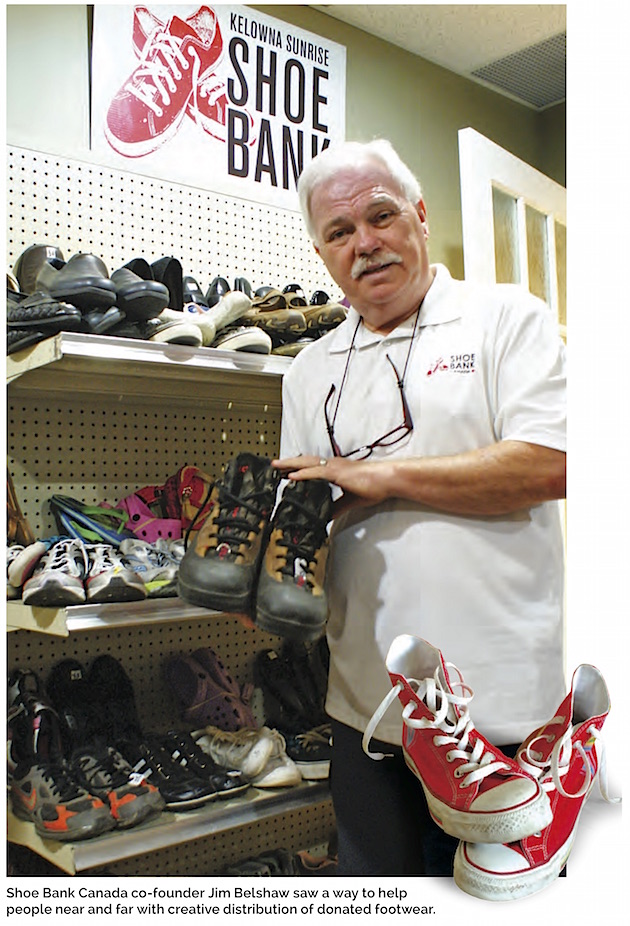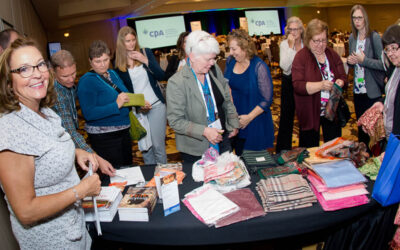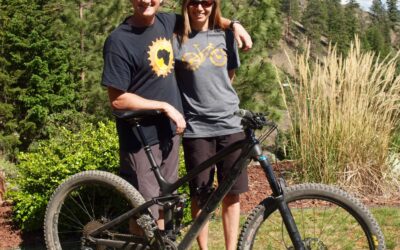When the shoe fits
Once there was a little girl who would shuffle into the classroom, head down; sit silently — her mother, in prison; her father drinking; her shoes torn and dirty. The girl’s teacher called the Shoe Bank and asked if they had a few size 4s she could pick up. They did. The next day, the girl skipped into class, smiling, chatting, enamoured with the red light that blinked above the shiny white sole.
Once there were two homeless men in Fort St. John who died of exposure. An agency worker called the Shoe Bank and said, “You don’t know how cold it gets here. Can you send us some boots?” They did, and that winter lives were surely saved.
These are just two of the stories, among dozens, that will always stick out in the mind of Jim Belshaw, co-founder of Kelowna based Shoe Bank Canada.

“It’s humbling for sure. There have been many people coming through — men, women, kids — so happy they’re holding back tears,” says Jim, also owner of Roy’s Shoes. It was in his shoe shop, shortly after hearing the news of Haiti’s earthquake, that Belshaw discovered how he could help victims there, and the less fortunate here.
He and a few other members of the Sunrise Rotary Club of Kelowna got together and put out a call: we need your unused shoes. Within days, they had 45,000 pairs, so many the shoes had to be stored in a tractor trailer behind the store. “And that was just people from Kelowna really opening their closets and hearts for this shoe drive,” says Jim.
But before the runners and boots were banded together with an elastic and packed into boxes marked for Haiti, he opened a shoe stuffed warehouse to Kelowna’s less fortunate. And that’s when it hit him: the need for used shoes here is huge.
After that first annual spring drive, Jim saved a few shelves in his back room to collect shoes year round and before the footwear was shipped overseas, he always saw to the needs of locals, the homeless and working poor — women who needed a pair of pumps for a job interview, men who needed steel toed boots to get work in construction. Soon, agencies were calling with requests.
But digging through boxes after hours to find a Sorel in a size 9 or a heel in a size 6 became time-consuming. In July 2014, Belshaw had another big idea: why not partner with the Kelowna Community Food Bank to house a Shoe Bank to give people in need better access to all that footwear? A month later, Shoe Bank Canada — set up just like a shoe store — opened its doors on Ellis Street across from the food bank. Since then, and with the help of nearly 20 local service agencies guiding the qualifying process and handing out shoe vouchers, the shoe bank has provided 4,000 pairs of shoes to those in need in Kelowna.
Now, as a national organization with shoe drives and permanent drop-off sites across BC, Alberta and Ontario, shoes are also distributed to 30 BC communities before excess footwear is shipped abroad.
On a recent trip to hand-deliver sneakers and dress shoes to Haiti, Jim was struck with dengue fever, a debilitating viral infection that stirred a dormant rheumatoid arthritis gene. Today, with the help of a cane, he tucks and sorts donations — men’s loafers, marked size 9 on a bread tag, and a pair of blue baby slippers.
Visit locations in British Columbia at shoebankcanada.com for a list of drop-off points throughout the Okanagan and Kamloops regions.
As seen in
[downloads ids=”131028″ columns=”1″]




0 Comments